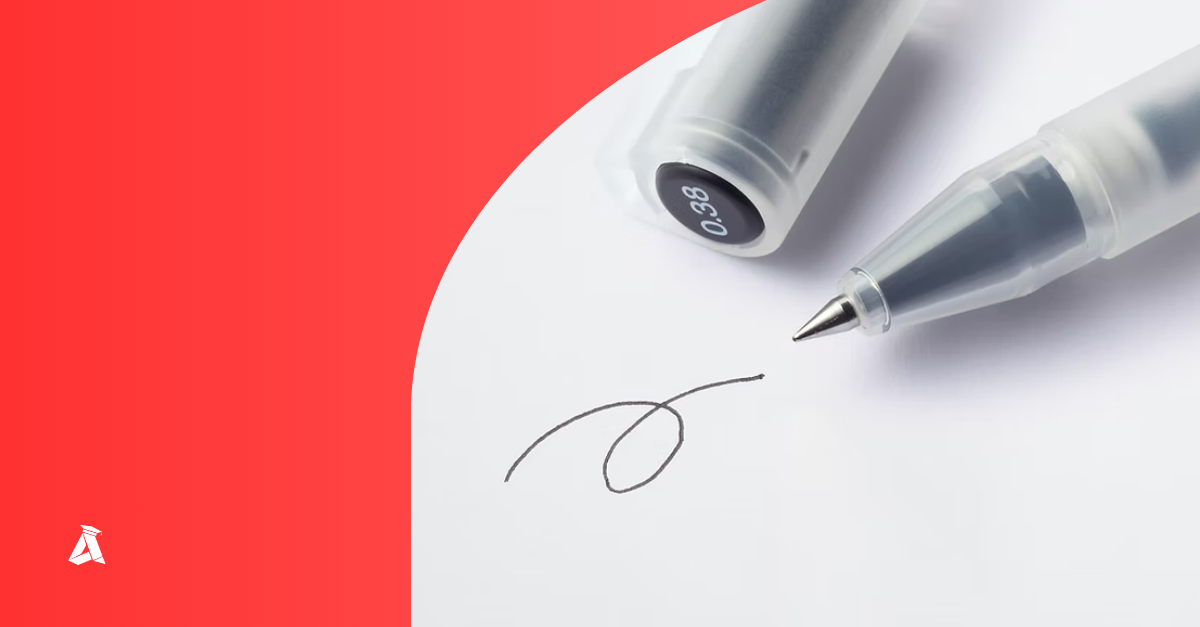There’s one stationery item nearly every Asian student seems to possess: the Muji gel pen. Simple, capless or capped, clear barrel and slim tip. But behind this everyday tool lies a cultural phenomenon: owning a Muji pen has become more than just practical, it’s a point of pride, a strategy for studying, and a quiet way to belong.
The Muji Phenomenon: ‘No-Brand’ That Stands Out
Muji (short for “Mujirushi Ryōhin,” meaning “no-brand quality goods”) started in Japan in 1980 and built its image on simplicity and functionality (Martin Roll, 2020). Rather than flashy logos, Muji offers minimalist design, transparent barrels, and a discreet elegance. Products are wrapped in clear cellophane and plain paper packaging, emphasizing function and eco-consciousness over marketing hype .
That understated appeal struck a chord with students worldwide. It was more than a pen—it was a silent declaration of taste, simplicity, and self-discipline.
Smooth Ink, Clean Aesthetic
Muji gel pens are engineered to write fluidly. With 0.5 mm or 0.38 tips, their gel ink flows consistently, dries quickly, and resists smudging (Ahnaf, 2023). According to Xu (2018) many users describe the writing experience as “slicing butter,” creating clean lines effortlessly. The translucent barrels allow users to see the ink level at a glance, avoiding surprise dry-outs mid-exam.
This combination of practical reliability and pleasing aesthetics gives Muji pens an edge in academic environments focused on neat, organized notes.
Aesthetics, Belonging, and Low-Key Prestige
Despite their simplicity, Muji pens feel like a “low-level luxury” (Xu, 2018). They’re affordable—around USD 0.80–1.90 per pen—and yet their design communicates care and intention (Abdulkareem, 2023). At universities, carrying a Muji pen signals quiet self-discipline and aesthetic sense—traits admired across cultures.
According to reports from students at NYU, Muji pens became highly prized: lending them was frowned upon, and losing one could spark a mini-crisis . Being part of the “Muji Club” is a kind of identity, unspoken, but real.
Productivity and the Color Code Game
Students often use Muji pens for note-taking, bullet journaling, and highlighting key points. The variety of pen colors encourages organized, visually appealing notes—black for main text, blue for subpoints, reds or pastels for highlights (Xu, 2018). For many, missing a color can disrupt the flow: a senior mentioned they “get very annoyed” without the right colors, because it breaks their study method .
This tendency ties into study cultures across Asia that prize thorough, color-coded, and structured note-taking for better retention.
Minimalism as Mindfulness
When academic pressure is high, a moment of clarity or calm matters. Muji’s slim, clear pens offer a moment of Zen. Students say the tactile experience—light weight and smooth glide, brings small moments of peace amid hectic study .
One writer described how, during the COVID lockdown, using their Muji pen to write letters became a daily ritual. The simple, pleasing feel of the pen offered emotional comfort .
Quality Without Gimmicks
Muji pens are no-frills yet have high perceived quality. Packaged simply and priced modestly, they feel honest . They match Muji’s broader anti-brand philosophy—functionality over flashiness—and yet unexpectedly deliver satisfaction in design and performance (Martin Roll, 2020).
Hold one in your hand, and it instantly feels different from a generic BIC. The balance, feel, and color consistency signal thoughtfulness in creation.
Critiques and Counterpoints
They’re not perfect. Some users say the plastic barrels feel cheap or that cheaper knock-offs rival Muji’s performance (The Poor Penman, 2018). But even critics note that originals are reliable and smooth—justifying occasional repurchases. Alternatives exist, but for many, nothing balances quality, aesthetics, and price like Muji.
A Pen That Defines a Generation
For Asian students, Muji pens are more than stationery—they’re tools of clarity and calm. These citizens of study are designed to be refilled, reflect intention, and signal belonging. With their clean lines and dependable ink, Muji pens support thousands of evenings spent under desk lamps in dorm rooms and libraries.
From the Pen to the Classroom: Discover the Study Culture in Asia
Whether you’re jotting down characters in Taipei, diagramming lessons in Seoul, or highlighting key terms in Kuala Lumpur, Muji pens are part of a larger academic lifestyle that values mindfulness, simplicity, and precision. It’s a reflection of the learning environments across Asia—where details matter and discipline meets design.
At Chinese Culture University in Taiwan, students experience a dynamic academic life that balances tradition and innovation. With campuses nestled in the heart of vibrant Taipei, learners are immersed not only in world-class education but in a culture that appreciates both intellectual clarity and everyday beauty—just like the Muji pen.
Explore our programs at Study in Asia and discover what makes learning in Asia so uniquely enriching—from the first Muji pen to your first language class.


Leave a Reply